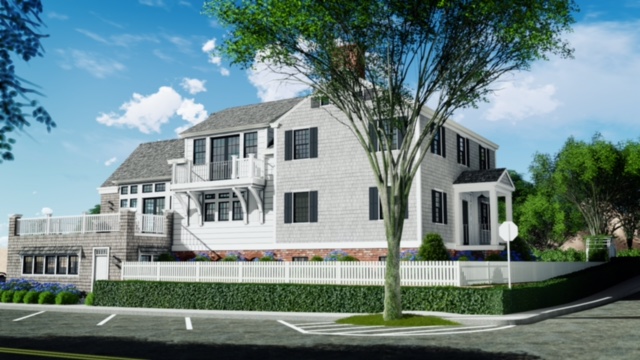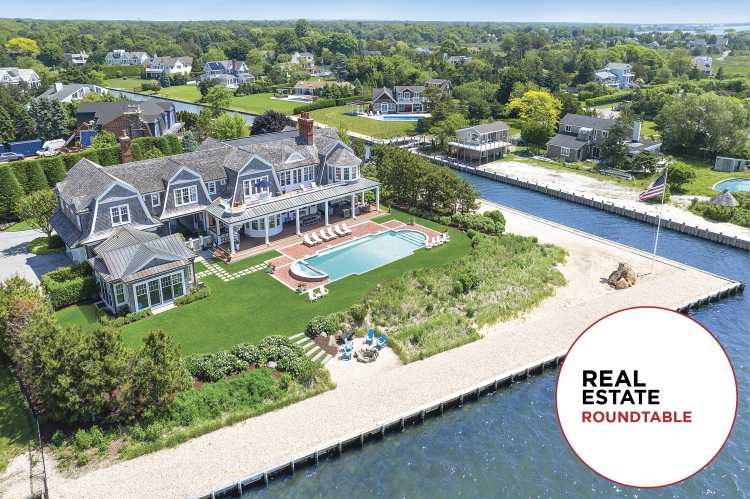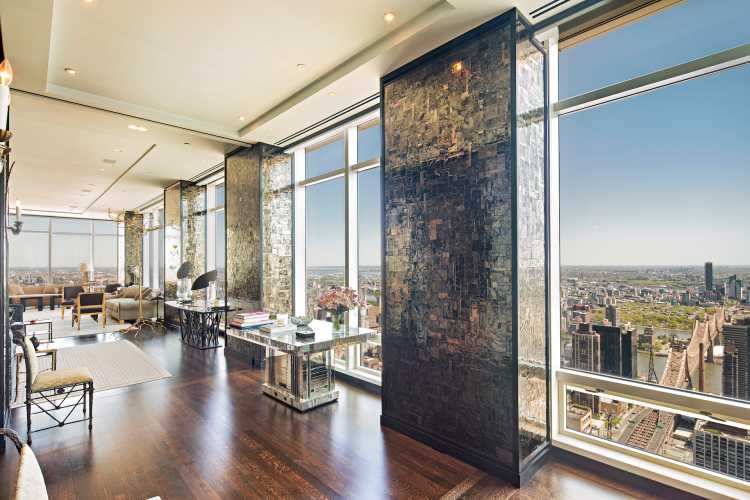Even celebrities have property rights, although you might not know it in Sag Harbor. The last time Billy Joel’s proposal to rotate his house on Bay Street went before the village Zoning Board of Appeals, the chairman started singing a paraphrase of the song “Downeaster Alexa.” Seriously? How silly can you get?
Billy Joel owns a property at the corner of Rysam and Bay Street. There are two houses on the property, awkwardly connected by a breezeway. He wants to renovate the houses to be FEMA compliant, make them more useful as a single family home and rotate them on the property to better align with Bay Street. He is not proposing any additional gross floor area. Rotating the house as designed by Billy’s architect and builder would result in better setbacks from Bay Street, less coverage and the rear yard setback becoming more conforming. However, because part of the house would still be non-conforming to rear yard setbacks it would need a variance. The alternative, which would require no variances from the zoning board, is to push the houses away from the rear yard and right to the sidewalk on Bay Street–which has no setbacks. According to Jonathan Tarbet, Billy’s lawyer, “The Board is opposed to the project for reasons not entirely clear and as a result, despite the obvious benefits from granting the variance and the advice of their own lawyer, they so far have refused to consider the merits of granting our request, preferring instead to see us complete the project without any approvals from them.” Cue the singing.
Other complaints by the board included the detail that the two boat slips belonging to the property aren’t always in use (????) and that the private dock is kept locked. Um, it’s private? Maybe Billy Joel doesn’t want someone falling off and suing him?
Next up, the Architectural Review Board. We hope they’ll do the right thing. The proposed work will preserve the house from flooding, and also improve the side and backyard setbacks and distance to neighboring properties. We say it’s a no-brainer.






















